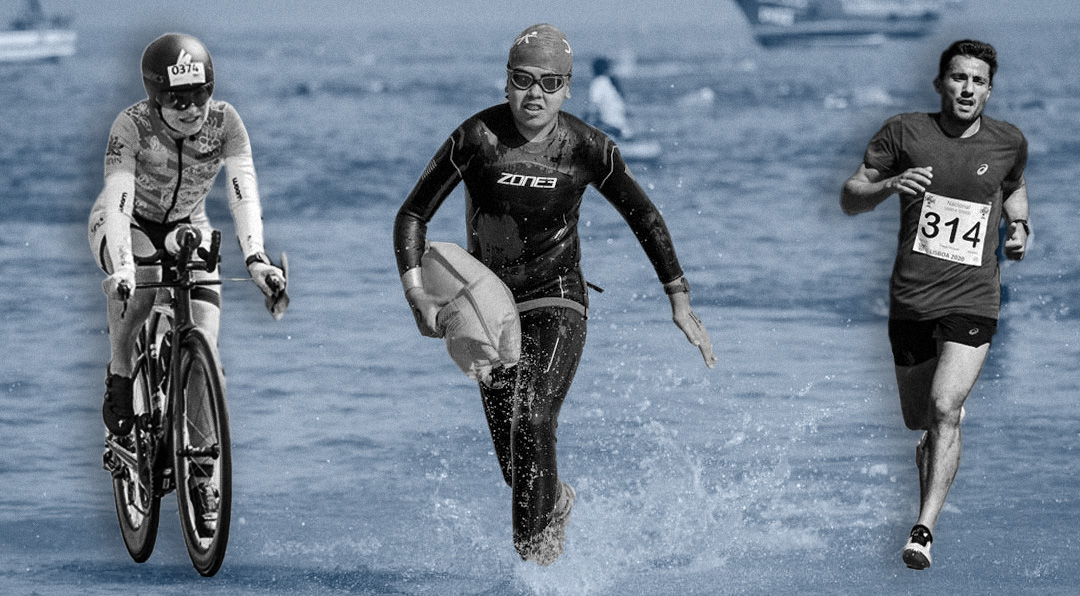Part sport, part performance, shuudan koudou or synchronized walking has been practiced for decades now
Photo from ODN/YouTube
As much as we’ve vouched for the health benefits of walking, we still wouldn’t exactly call it a sport. Not surprisingly, the Japanese would disagree with that. Since the 1960s, groups of students at the Nippon Sports Science University have been engaging in something called shuudan koudou.
Literally “collective action” in English, shuudan koudou is the Japanese art of synchronized walking. It has dozens of uniformly dressed students walking backwards, sideways, or whichever way— all in precise unison. Describing it won’t do it justice, so you’ll really have to see how it’s done for you to believe that it really is an art form:
The Nippon Sports Science University is best known for producing world-class athletes. Since its founding over a century ago, the university has been the home of students who have gone on to become Olympic medalists such as gymnasts Mitsuo Tsukahara and Yukio Iketani. Shuudan koudou and its display of grace and unison executed with such sublime precision therefore isn’t such a departure from the school tradition.
Of course the art form can be more generally attributed to Japan’s love for uniformity, order, and discipline. For instance, in many Japanese schools, assemblies require students to stand equidistant from each other. The Japanese take this culture of uniformity very seriously (the practitioners of shuudan koudou practice three days a week for months to prepare for the assembly), and it’s always fascinating to see them produce something so beautiful and novel out of what most people would see as mundane routines.












































